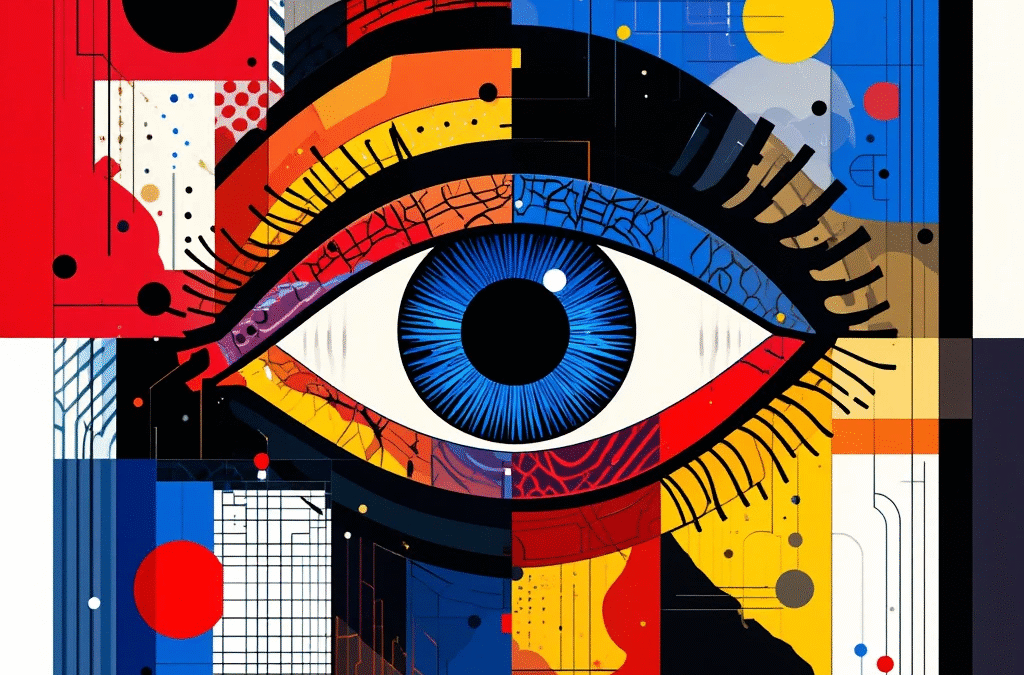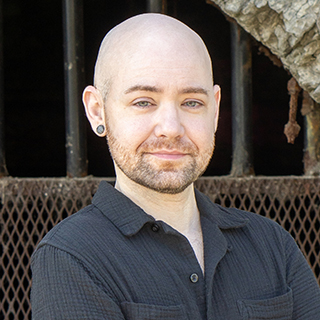The neuroscientific foundation of Brainspotting is based on functions in areas of the brain below the prefrontal cortex, partly in the limbic system. This part of the brain is crucial in processing emotions, including ones related to difficult experiences and traumas. The limbic system includes the amygdala (responsible for emotional processing and especially for perceiving threats) and the hippocampus (responsible for short- and long-term memory and learning), among other structures.
When something highly distressing or traumatic happens, the brain’s ability to cope in a typical way is overwhelmed. The amygdala triggers a fight/flight/freeze response and sends a message to release stress hormones. The hippocampus becomes overwhelmed by those stress hormones and loses its ability to form and organize memories. There are some links below to articles that get more into the neurological processes at play during and after traumatic experiences and during Brainspotting therapy.
The long-term consequences of such events or periods of time include being stuck in a chronically activated nervous system state (when stress responses are regularly set off by non-threatening situations), not having memories of these times OR being overwhelmed with memories, sleep disturbances, various physical effects, and having a disrupted and/or harmful self-narrative.
Brainspotting therapy works by helping you access the fragmented content—emotions, memories, bodily experiences, recurring thoughts or beliefs—that is stuck, out of time and place, in your brain. The file folder metaphor is often used in the Brainspotting community. We use the visual field and eye position to find a file folder holding fragmented content and open it up. This gives your brain the opportunity to process and reorganize the content attached to the trauma or distress you experienced, moving it out of that folder.
As a result, the amygdala is able to understand the difference between historical threats/dangerous experiences and your present life so that it no longer triggers a fight/flight/freeze/fawn response whenever something a little stressful happens. The hippocampus is able to process the memories and move them from implicit into long-term episodic memory storage—which is how non-distressing memories are dealt with—so they are both accessible and not overwhelming.
And after those things happen, the prefrontal cortex gets the chance to rationally process the event, which can help you rework your narrative and disrupt the hurtful beliefs you’re carrying.
One of the reasons Brainspotting can be so much more effective than CBT and other cognitive-based practices is that it initially bypasses the neocortex to directly access subcortical brain regions, making it possible for us to more deeply explore and support somatic, emotional, and imaginal experiences. As we do that work, we can then involve the prefrontal cortex in therapeutic processing, integrating, and changing the story about what happened to us. After all, we wouldn’t be in therapy if simply thinking differently worked.
Brainspotting evidence
There is some Brainspotting research and evidence available. As with any newer model (Brainspotting was discovered in 2003), much of our understanding is theoretical, and there are still knowledge gaps. So I can’t fully answer the question of why Brainspotting works, I can just share my experience (both as a client and a therapist) that it does, and some current scientific evidence and exploration of the mechanisms at play. If you want to get into the theoretical foundations and science of Brainspotting, here are some places to start.
Brainspotting: A treatment for posttraumatic stress disorder
Brainspotting after singular stressful/traumatizing experiences
Brainspotting as a treatment modality after trauma, for emotional regulation, or to unlock potential
And you’ll find more case studies and Brainspotting research on the Brainspotting website.
Are you looking for a Brainspotting therapist in MN? Send me a message to talk about if this form of somatic therapy is right for you.

